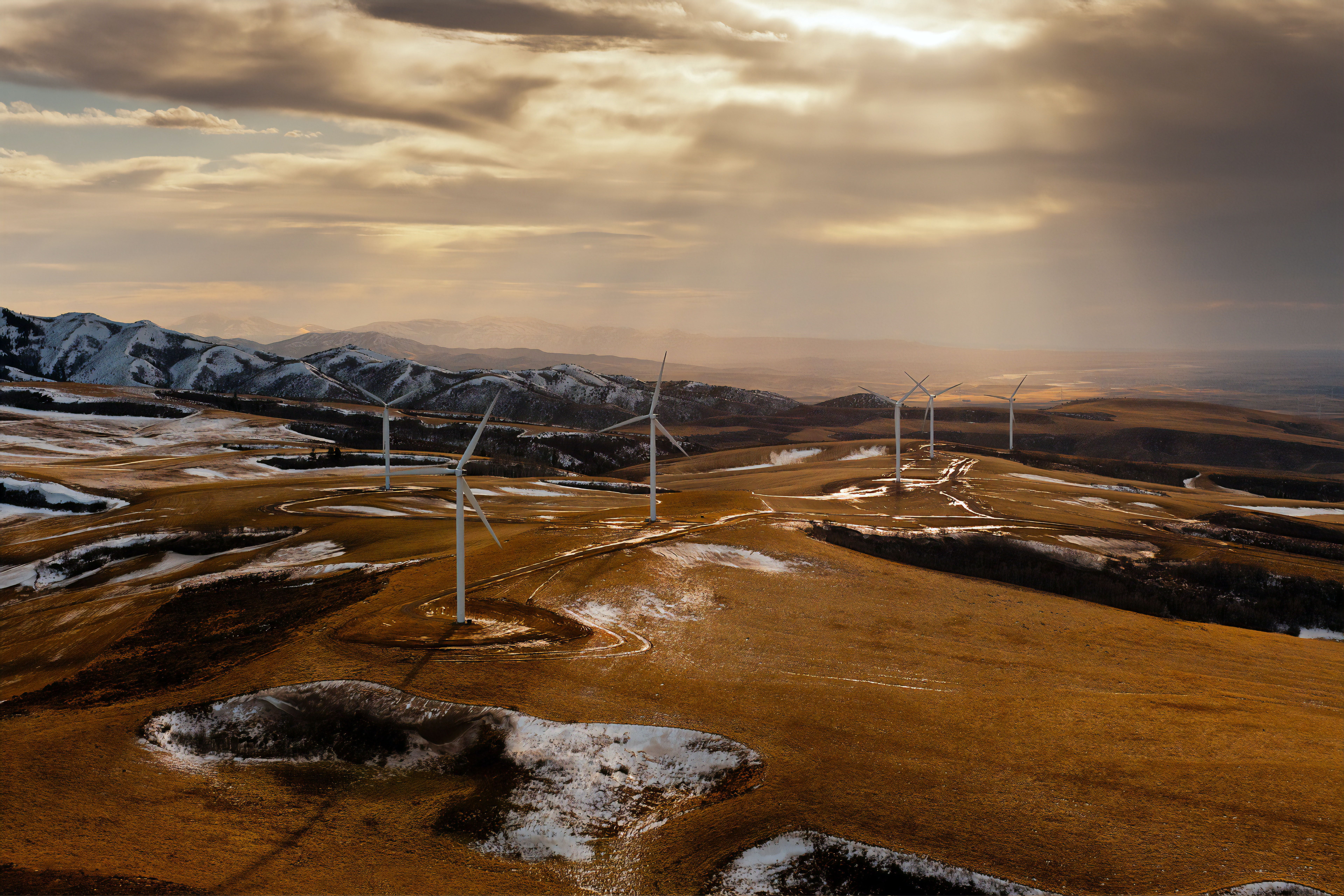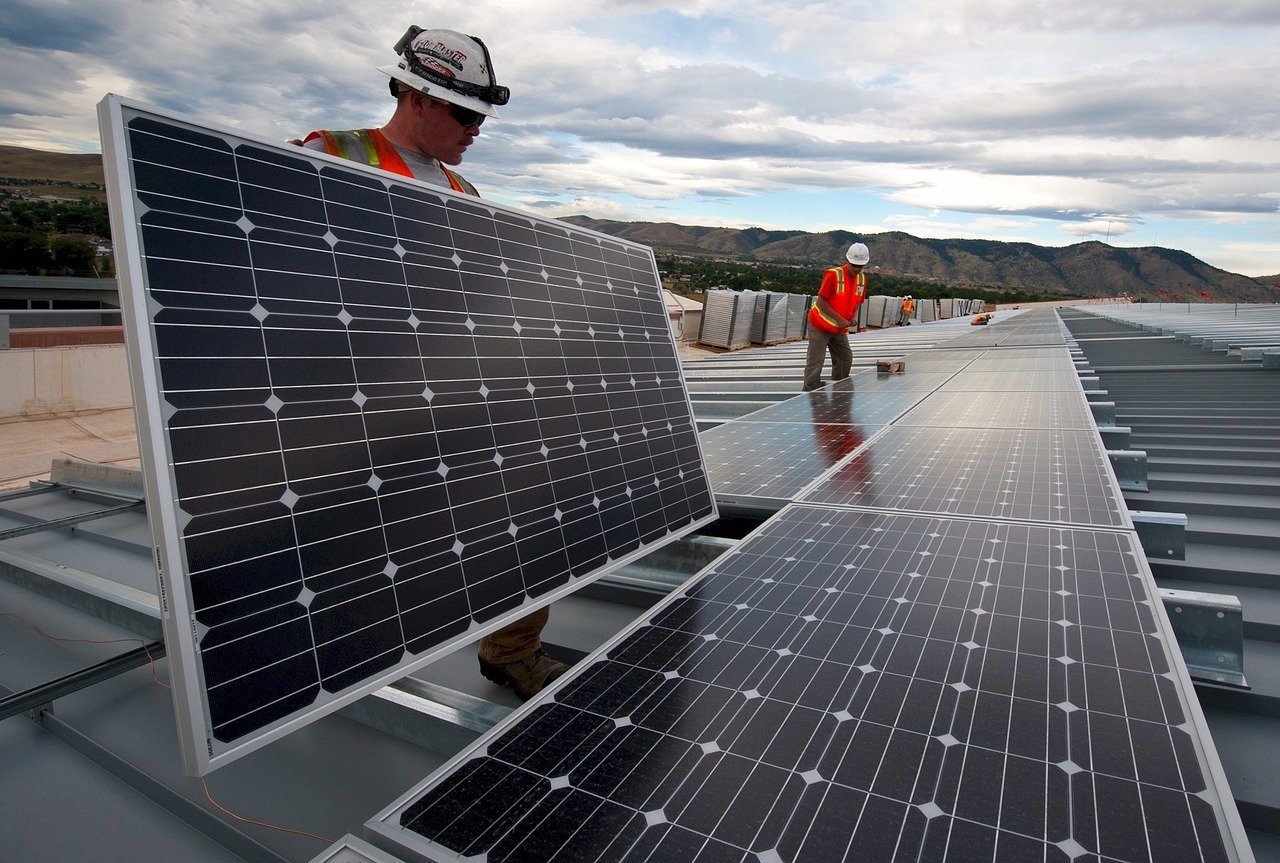36 results found
With signs of increasing international cooperation on climate change, including the Biden Administration’s commitment to halve America’s net greenhouse gas pollution by 2030, we may finally see new levels of momentum for transnational or cross-border renewable energy projects, which the United Nations has cited as required for the achievement of Sustainable Development Goal 7: Affordable and Clean Energy.
Parties involved (public and private): Republic of Uzbekistan, National Electric Networks of Uzbekistan
Thailand's greenhouse gas emissions grew by c. 70 percent between 2000 and 2010, leading to environmental concerns
The Brazilian government sought to diversify its energy mix and planned to add c. 10GW of power from renewable sources to its national grid by 2018
In September 2015, the General Assembly adopted the 2030 Agenda for Sustainable Development which includes 17 Sustainable Development Goals (SDGs) and emphasizes on a holistic approach to achieve sustainable development for all.

Population growth and economic development, aggravated by climate change, will increase pressure on energy and water resources. Integrated planning can make the most of these two essential and scarce resources. Thirsty Energy, a World Bank initiative, helps countries address these issues and ensure sustainable development of both resources. This note focuses on the water needs of the power sector and particularly answers the following questions: Why is this issue important? Do power plants need all that much water? What about other types of plants? What are the challenges? and, What are our options?

AreA is a platform designed to change the way renewable energy is procured in developing countries, created by Greenmap , a non-profit organisation aimed at scaling up cheaper and faster renewable energy deployment in emerging economies
This report outlines lessons from two river basins in India, while arguing how planning for hydropower development needs to evolve from a project-based engineering approach to a more holistic one.
To date, 112 IPP projects have been procured from four bidding round windows with further windows expected to be announced in the future

The Energy Division of the Infrastructure and Environment Sector (INE/ENE) of the Inter-American Development Bank has launched a technical cooperation project called "Smart Grid and Its Application in Sustainable Cities" .


The main point of this report is to provide quantitative evidence of how improving utility management and more accurately targeting smaller subsidies would free up enough resources to make the needed investments and operate the sector at a lower cost.

Australia's national government introduced policy to incentivize asset recycling by state-level governments, by offering up to 15% of the sale or lease proceeds of asset privatizations for re-investment in infrastructure projects

This forum is a unique platform to catalyze partnerships that can rapidly bring to scale green growth opportunities bringing together governments from developed, developing and emerging economies along with the private sector.


The objective of this review is to analyze the current status on achievement of targeted benefits from distribution privatization and identify the gaps between expectations and realizations, with a key task of proposing concrete procedures and methodologies to ensure that EMRA and other government agencies involved in monitoring and enforcing quality in electricity distribution and retail have timely access to reliable information on service actually provided by the DISCOMs to their customers.


This handbook provides institutional investors with an overview of opportunities and risks of investing in renewable energy infrastructure.


Cost Size: Total Cost of Scheme is INR 1,46,625 Crore and Union Government Support of INR 34,442 cores is to be provided
The study specifically examines whether power system size and coun¬try per capita income can be reliable indicators of initial conditions for guiding policy on power market structure.

This brief outlines some of the issues surrounding permitting and licencing regimes for renewable energy projects and why they are important

Mountainous area prone to natural hazards and the impacts of climate change and growing demand for basic infrastructure services due to population growth.
The study has found that the main impacts of hydropower development in Bhutan relate to aquatic biodiversity and are cumulative,meaning that they are not of immediate concernbut should get priority attention once the development of hydropower accelerates. This study has identified a number of gaps inthe management of E&S impacts and rankedthem according to relevance for Bhutan.




 Cross Border Infrastructure
Cross Border Infrastructure





